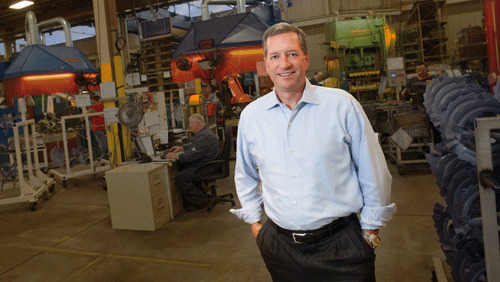Oct 26 2012
First anniversary of Toyota Plant in Tupelo, MS
See on Scoop.it – lean manufacturing
This is about Toyota’s newest plant in North America, in Tupelo, MS. It has several surprising features, such as:
“Instead of the usual air hoses, electrical wiring and other assembly equipment hanging above their heads, everything comes up from the floor. That clears the space above workers for what Toyota calls a “blue sky” approach, where everything is at or near eye-level.”
The reason you usually do the opposite is that it gives you more flexibility to change the layout. Utilities provided from above are easier to relocate than if they come out the concrete floor.
See on djournal.com


 See on
See on
Oct 26 2012
Should Hospitals Eliminate Waiting Rooms?
See on Scoop.it – lean manufacturing

A PBS news story about how a visit to Toyota in Japan 10 years ago shamed Virginia Mason Medical Center in Seattle into eliminating waiting room. It does not give details on how they actually did it. We can only hope that they actually eliminated waiting itself…
See on www.pbs.org
Share this:
Like this:
By Michel Baudin • Press clippings 1 • Tags: Health care, Toyota, Toyota Production System, TPS